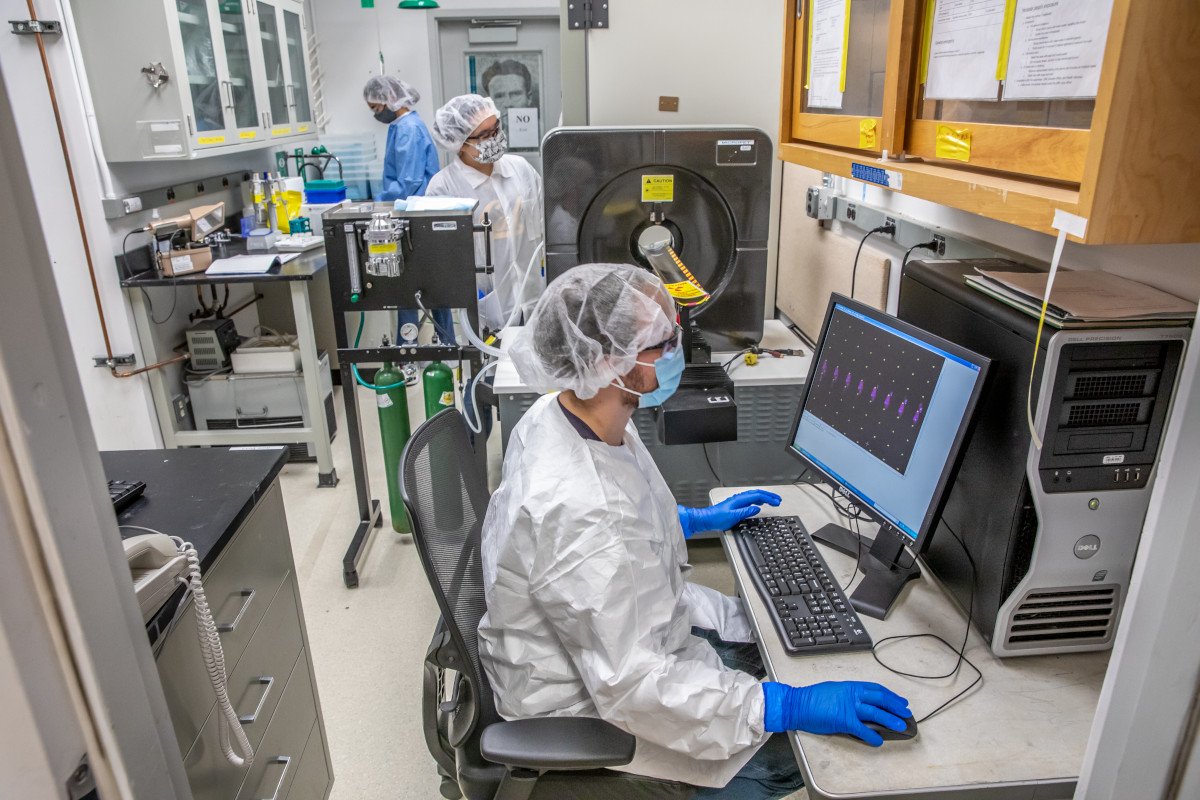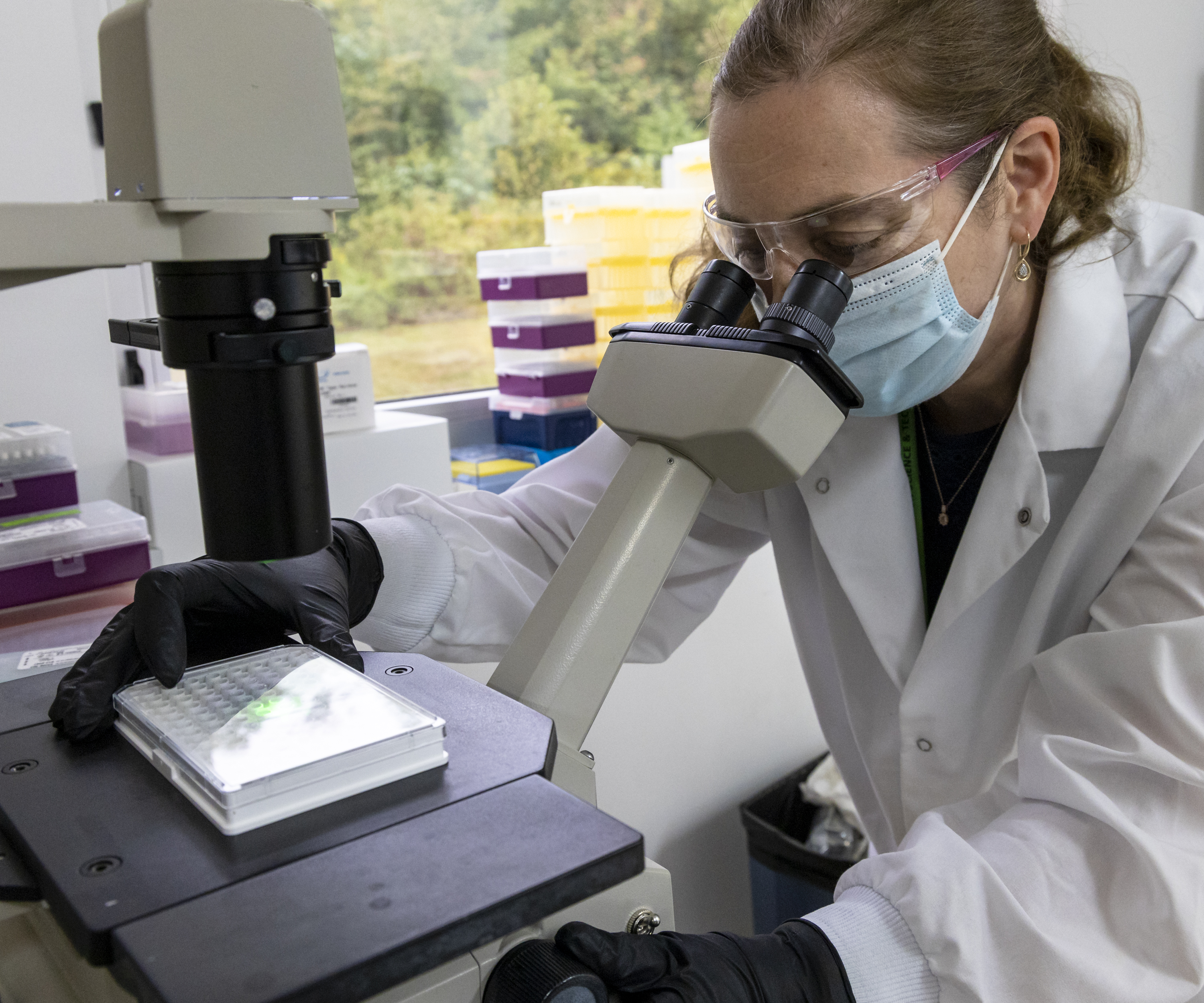The 2011 Fukushima Dai-ichi Nuclear Power Plant accident caused the release and deposition of radionuclides, resulting in an increase in air dose rates in the forests of Fukushima Prefecture.
Tag: Radionuclides
Fighting Cancer on Earth and in Space Using High-Energy Protons
Scientists use high-energy protons to create isotopes for cancer treatment. In space, such protons pose a risk to astronauts and spacecraft. To learn more about both the risks from these protons and about methods of using these protons to produce medical isotopes, scientists measured the cross sections (probabilities) for high-energy proton reactions used to produce radiopharmaceuticals. The research helps to optimize the quantity and purity of medical isotopes and improve the design of spacecraft shielding.

Scientists Recruit New Atomic Heavyweights in Targeted Fight Against Cancer
Researchers from Berkeley Lab and Los Alamos National Laboratory have developed new methods for the large-scale production, purification, and use of the radioisotope cerium-134, which could serve as a PET imaging radiotracer for a highly targeted cancer treatment known as alpha-particle therapy.

ORNL researcher studies individualized isotopes’ impact by targeting cancer
A radioisotope researcher in the Radioisotope Science and Technology Division at the Department of Energy’s Oak Ridge National Laboratory, Davern is focusing on ways to use nanoparticles — particles 100 nanometers or smaller that can have special properties — to contain those radioisotopes and deliver them directly to cancer cells, where they can decay into different isotopes that irradiate those cells.

Six Berkeley Lab Scientists Named AAAS Fellows
Six scientists from the Department of Energy’s Lawrence Berkeley National Laboratory (Berkeley Lab) have been named Fellows of the American Association for the Advancement of Science (AAAS).